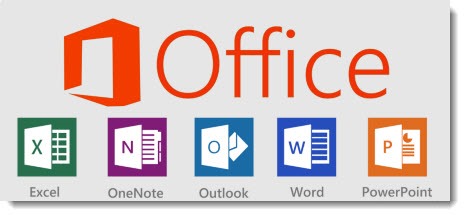
It's available through Microsoft Open License for roughly $450-$500 per license.


This edition also provides a wide range of enterprise features, including compliance and archiving, information rights management, and integration with Lync, SharePoint, and Exchange servers. The Professional Plus edition includes all of the programs in Standard edition plus Access, InfoPath, and Lync. (When I checked suppliers just now, I found a price range of $334-$370 per license.) A single license allows the software to be installed on a single Windows PC. Licenses are available for purchase through the Microsoft Open License program at a cost of roughly $350 each. This license includes Word, Excel, PowerPoint, OneNote, Outlook, Publisher, and Office Online, delivered using a standard Microsoft installer (.msi) package. Microsoft's comparison chart offers a detailed listing of what's included with the two VL editions that are available as traditional perpetual licenses. Perpetual licensesįor businesses with more than five employees, Volume Licensing (VL) editions of Office, available for purchase through Microsoft resellers, offer a better deal than retail editions. Here are the prices you need to plug into your worksheet. To calculate costs, you need to multiply the cost of perpetual licenses by the estimated lifespan of that software, then compare that total to the equivalent. Microsoft's long support lifecycles mean you can squeeze five years of useful life (and perhaps a bit more) out of each edition, although that means skipping some upgrades. Enjoy expert IT analyst briefings and access to the top IT professionals, all in an ad-free experience. Enjoying this article?ĭownload this article and thousands of whitepapers and ebooks from our Premium library. Office 365 subscriptions include the most recent release of the Office desktop programs, which are installed through automatic updates when they're available. When a new edition is released, you can continue to use your old edition but must pay for a new license to upgrade. In addition, the volume license option locks you into the Office edition you purchased. The crucial difference between traditional volume licenses and the Office 365 subscription model hinges on a key distinction: Volume licenses are assigned on a per-device basis, whereas subscriptions provide per-user licensing. There's no simple answer to the "buy or rent" question for most businesses, but it's easy enough to calculate the costs of each option. Today, businesses that want Microsoft's Office programs on desktop and portable PCs have to decide between traditional perpetual licenses and Office 365 subscription plans. Microsoft's push into software as a subscription service started years ago, but it has accelerated in the past two years with the rapidly evolving Office 365.


 0 kommentar(er)
0 kommentar(er)
